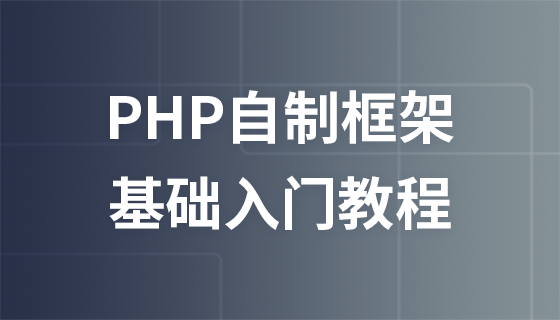
Course Elementary 5091
Course Introduction:Source code and handouts are available in Q group: 589912610; why you need to make your own PHP framework: 1. Meet specific needs: Each project has different needs and characteristics, and using a general framework may not meet all requirements. Custom frameworks can be tailored to specific needs, providing a more flexible and project-friendly solution. 2. Learn and grow: Custom frameworks are a great opportunity to learn and grow. By developing the framework yourself, you can gain an in-depth understanding of the principles and mechanisms of the framework and improve your understanding and mastery of the underlying technology. 3. Long-term maintenance: Using a custom framework can better grasp the core code of the project, which facilitates long-term maintenance and bug fixing. Not relying on external frameworks also means fewer version migration and dependency issues. 4. Performance optimization: For specific projects, developers can optimize the framework according to the characteristics of the project to make it perform better. 5. Easy to use and maintain: Developers can customize the framework to make it more in line with the team's coding habits, thereby improving development efficiency. At the same time, custom frameworks can also be maintained and upgraded more conveniently. 6. Security: Customizing the framework allows for better control over various parts of the framework and therefore better control over the security of the project. In general, the self-made PHP framework is to better meet the needs of the project, improve development efficiency, facilitate maintenance and upgrades, and improve the security and performance of the project. This series of courses is mainly to achieve learning and growth and meet our specific needs. In other words, to learn the Laravel framework
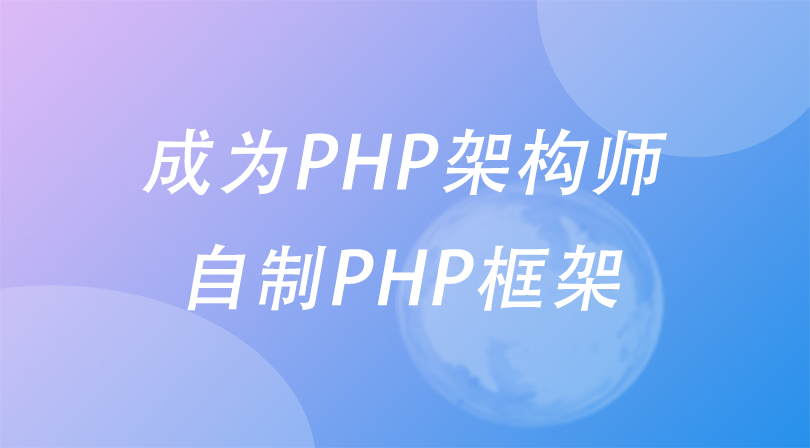
Course Intermediate 5549
Course Introduction:Make your own PHP framework to help you become an architect step by step. Improve the framework step by step, which involves composer, database chain operations, and various excel and pdf tools. As well as scheduled tasks, image processing, image search, command line operations, dependency injection, annotation routing, middleware, aop aspect programming, the use of mysql pessimistic locks, optimistic locks, and various PHP issues such as dealing with high concurrency.
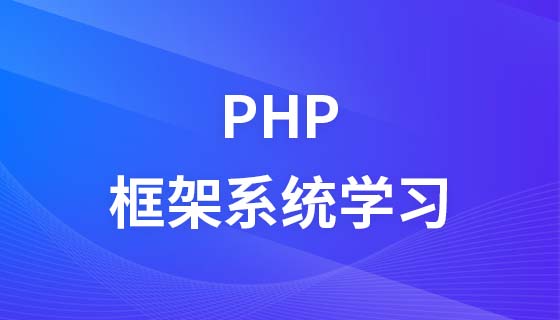
Course Intermediate 12419
Course Introduction:"PHP Framework System Learning Video Tutorial" This video was recorded by a teacher from Backend.com. The video explains very clearly. Starting from the most basic database construction, it will lead everyone to gain in-depth knowledge of the PHP framework system.
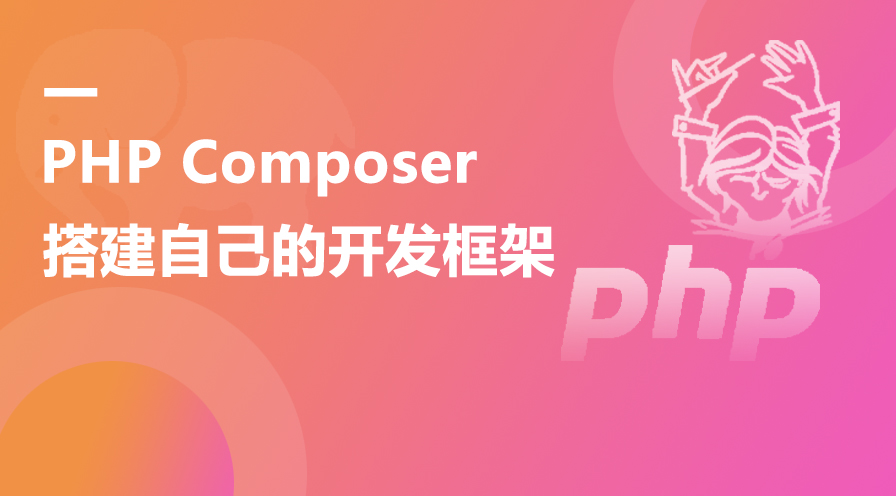
Course Intermediate 7932
Course Introduction:Course introduction: 1. Detailed application of Composer tools; 2. Application of common components of Composer; 3. Use Composer to build your own PHP development framework; 4. Use your own PHP framework to develop a library management system. Basic requirements: Understand the basic use of PHP and MySQL.

Course Intermediate 87139
Course Introduction:This lesson takes a minimalist PHP development framework as an example to show you the basic functions that a PHP framework should have, as well as specific implementation methods, so that you can quickly have a clear understanding of the underlying implementation of the PHP development framework for the future. Learn practical development frameworks and lay a solid foundation.
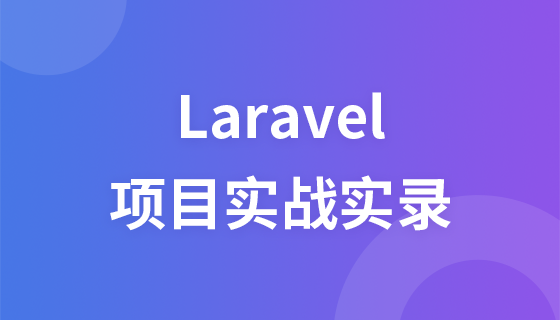
Course Advanced 10133
Course Introduction:Course introduction: 1. Project requirements analysis and detailed program design; 2. Git server construction and project version management; 3. Login, registration, front and back template development; 4. User, classification, article, and website configuration module development records; 5 , Customized interfaces and SMS and email interfaces; 6. Building an environment on the cloud server; 7. Project launch and optimization. After taking this course, you will be able to understand the entire project development process and use the framework to develop your own projects.
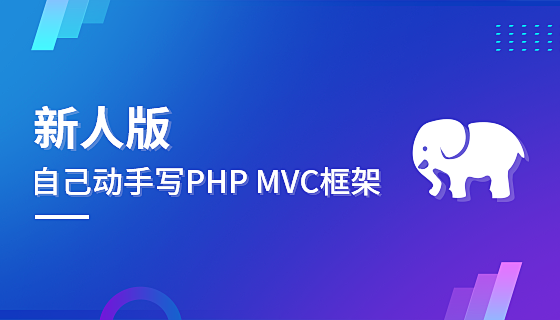
Course Intermediate 56298
Course Introduction:Efficient development is inseparable from the assistance of frameworks. Mastering the use of mainstream PHP development frameworks is a basic skill that every PHP programmer must have. If you want to master framework development, the fastest way is to know what the underlying operating principles of the framework are. What is the idea of ??programming? Writing a framework by yourself is recognized as the fastest way to learn frameworks! This course uses the most straightforward language and the simplest cases to let you learn to write it yourself without knowing it. A small framework (MVC)

Course Elementary 13744
Course Introduction:Scala Tutorial Scala is a multi-paradigm programming language, designed to integrate various features of object-oriented programming and functional programming.

Course Elementary 82260
Course Introduction:"CSS Online Manual" is the official CSS online reference manual. This CSS online development manual contains various CSS properties, definitions, usage methods, example operations, etc. It is an indispensable online query manual for WEB programming learners and developers! CSS: Cascading Style Sheets (English full name: Cascading Style Sheets) is an application used to express HTML (Standard Universal Markup Language).

Course Elementary 13130
Course Introduction:SVG is a markup language for vector graphics in HTML5. It maintains powerful drawing capabilities and at the same time has a very high-end interface to operate graphics by directly operating Dom nodes. This "SVG Tutorial" is intended to allow students to master the SVG language and some of its corresponding APIs, combined with the knowledge of 2D drawing, so that students can render and control complex graphics on the page.

Course Elementary 24578
Course Introduction:In the "AngularJS Chinese Reference Manual", AngularJS extends HTML with new attributes and expressions. AngularJS can build a single page application (SPAs: Single Page Applications). AngularJS is very easy to learn.

Course Elementary 27436
Course Introduction:Go is a new language, a concurrent, garbage-collected, fast-compiled language. It can compile a large Go program in a few seconds on a single computer. Go provides a model for software construction that makes dependency analysis easier and avoids most C-style include files and library headers. Go is a statically typed language, and its type system has no hierarchy. Therefore users do not need to spend time defining relationships between types, which feels more lightweight than typical object-oriented languages. Go is a completely garbage-collected language and provides basic support for concurrent execution and communication. By its design, Go is intended to provide a method for constructing system software on multi-core machines.
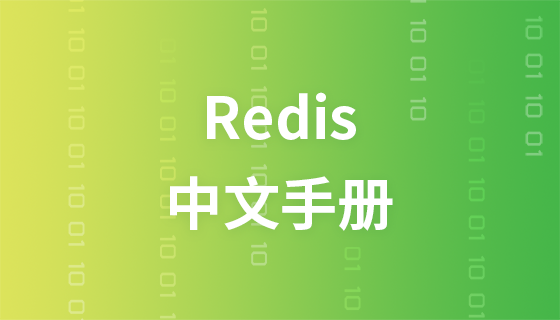
Course Elementary 57884
Course Introduction:"Redis Command Operation Chinese Manual" is the latest official Redis online reference manual. Redis is an in-memory cache database. This manual contains various Redis operation commands with Chinese explanations. You will learn to master the efficient use of Redis in the data server. It is a must-have online query for Redis learning and users. Refer to the documentation tutorial!
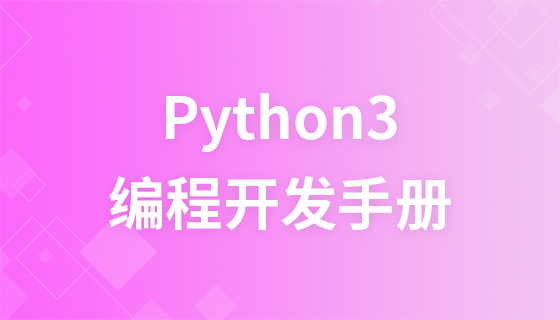
Course Elementary 87567
Course Introduction:"Python 3 Tutorial" The 3.0 version of Python is often called Python 3000, or Py3k for short. This is a major upgrade compared to earlier versions of Python. In order not to bring too much burden, Python 3.0 was not designed with backward compatibility in mind. Python language is very simple and easy to use for beginners and to complete common tasks.
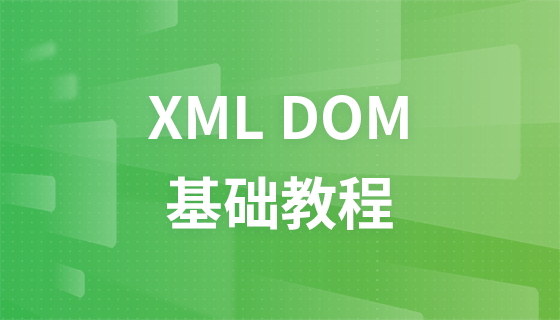
Course Elementary 21043
Course Introduction:"XML DOM Tutorial" XML DOM defines a standard method for accessing and manipulating XML documents. DOM treats an XML document as a tree structure, with leaves defined as nodes. If you want to use XML, you need to understand the XML DOM.
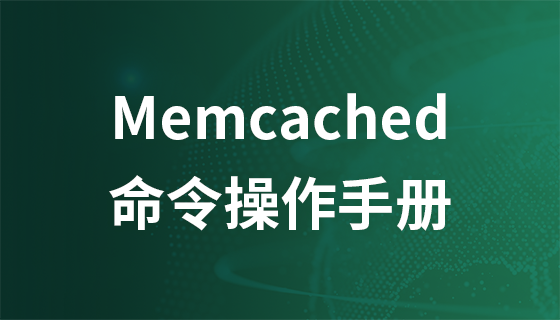
Course Elementary 17783
Course Introduction:"Memcached Command Operation Manual" is the latest official Memcached online reference manual. In this Memcached document, various Memcached operation commands are provided with Chinese explanations. You will learn how to use Memcached to reduce database load and improve performance. It is a must-have online query reference document tutorial for Memcached learners and users!
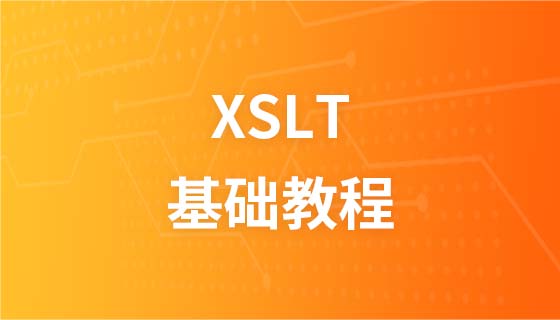
Course Elementary 9833
Course Introduction:"XSLT Tutorial" XSL refers to the EXtensible Stylesheet Language (EXtensible Stylesheet Language), which is a stylesheet language for XML documents. XSLT refers to XSL Transformation. In this tutorial, you will learn how to use XSLT to transform an XML document into another document, such as XHTML.
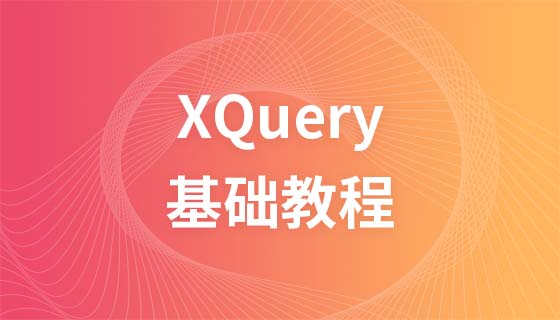
Course Elementary 9161
Course Introduction:"XQuery Tutorial" XQuery is to XML what SQL is to databases. XQuery is designed to query XML data.
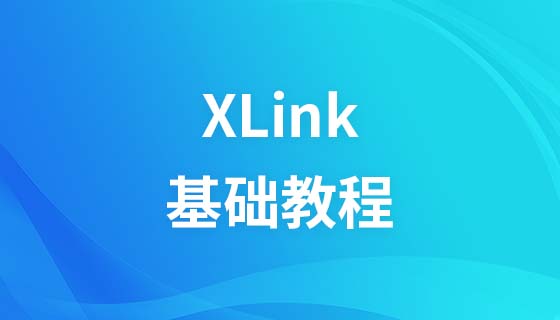
Course Elementary 8600
Course Introduction:XLink defines a standard way to create hyperlinks in XML documents. XPointer allows these hyperlinks to point to more specific parts (fragments) in the XML document.
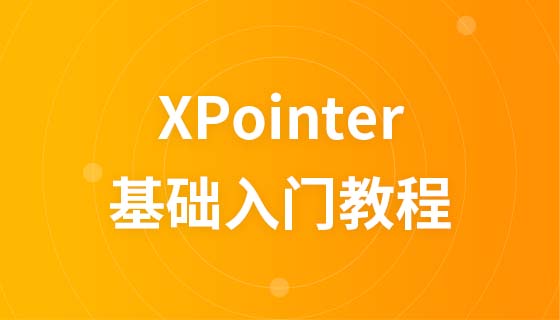
Course Elementary 8223
Course Introduction:XLink and the XPointer Tutorial XLink defines a standard way to create hyperlinks in XML documents. XPointer allows these hyperlinks to point to more specific parts (fragments) in the XML document. Start learning XLink and XPointer now! Table of Contents Introduction to XLink and XPointer This chapter explains the concepts of XLink and XPointer. XLink and XPointer syntax XLink and XPointer syntax